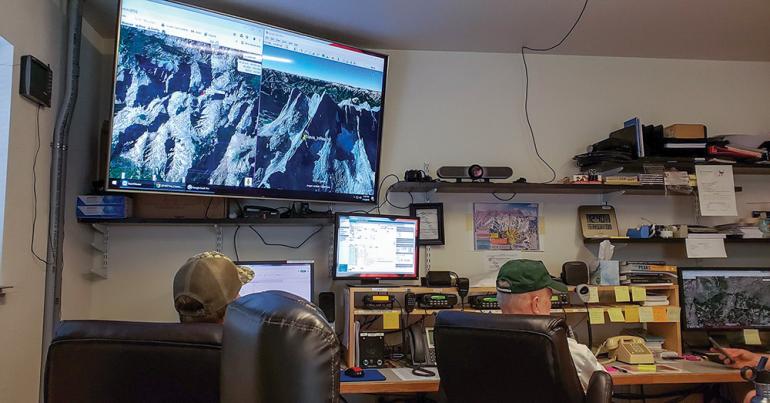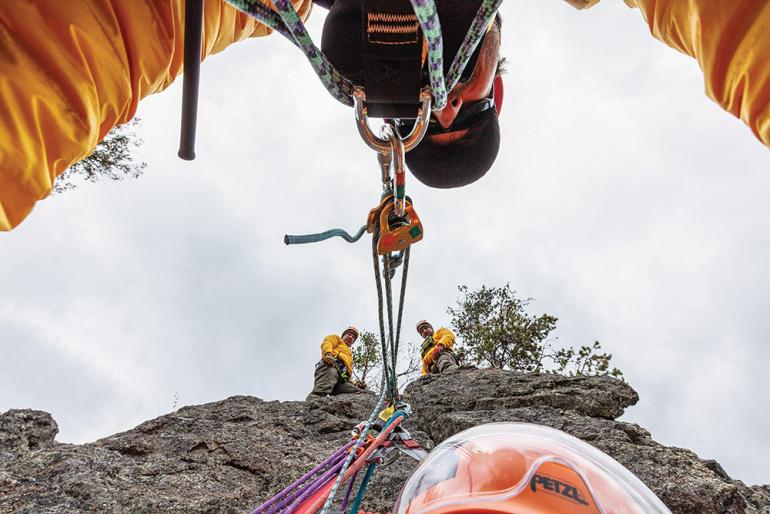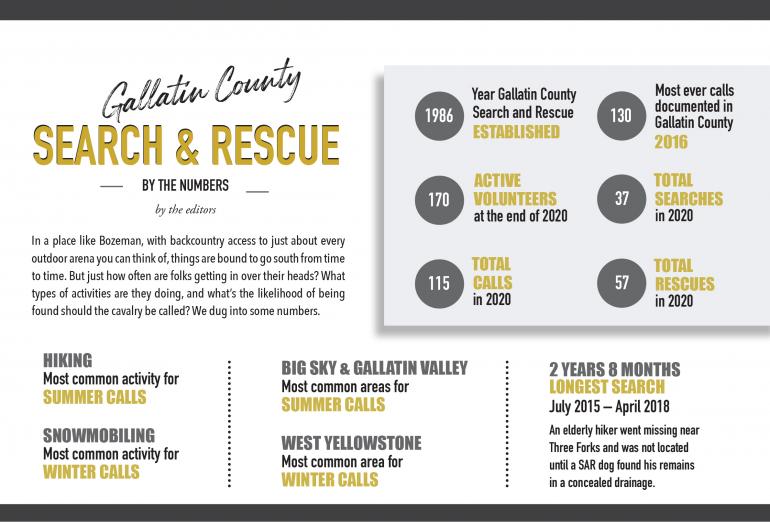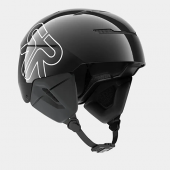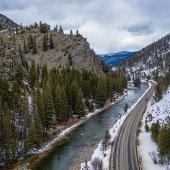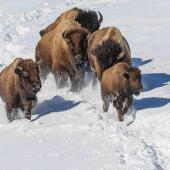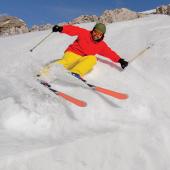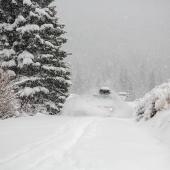Search & Rescue: Competency Calculated
Editor's note: This page comprises several segments of a large feature on the Gallatin County Search and Rescue program. For the other segments, click here.
When to call, when not to call.
Gallatin County Search and Rescue is an awesome group, and we’re lucky to have them in case we need it. But that’s the thing: SAR is a backup—an absolute-worst-case-scenario sort of backup. If you’re feeling overly thirsty a mile from the trailhead, it’s not the job of others (volunteers) to get your ass back to your vehicle. But if you break a leg climbing in the remote backcountry, you’d better hope help is on the way. As with most things, there’s some grey area, so take our quiz and see what we’d do when faced with these adverse situations.
1. Your after-work loop from the M to Sypes is taking longer than you anticipate. You didn’t drink enough water beforehand, nor bring a headlamp, and it’s going to be well after dark by the time you get there. You should:
A. Call Search and Rescue. Don’t make a bad decision worse.
B. Abandon the trail in a downslope direction. You’re bound to hit a road sooner than later.
C. Sit in one place until someone more competent can help. Then ask for their water and flashlight.
D. Unless severely injured, maintain your course knowing that a thirsty walk in the dark is a small price to pay for bad planning.
2. While driving back roads at night, your rig comes to a sputtering stop with smoke pouring from the engine. You should:
A. Call a friend. A good one will help in a heartbeat.
B. Turn around but keep driving. Better your rig be damned than you.
C. Take off on foot. There’s nothing like the taste of adventure!
D. Dial 911 and see if one of the responders has any idea with what’s wrong with your vehicle.
3. You’re six miles from the trailhead, riding bikes in the Lionhead, when your buddy flies over the bars and lands headfirst. His helmet did its job—he doesn’t appear to have a head injury, but has a sharp pain in his neck and numbness in his feet. You should:
A. Instruct him to walk it off and shake out the numbness.
B. Give him some ibuprofen, wait until the pain-relief kicks in, then ride back out.
C. Wait a few hours and see if the feeling comes back in his feet. If so, ride out. Otherwise, call for help.
D. Hold his neck in a stable position, check for other injuries, and call Search and Rescue right away, with a description of the incident and your location.
4. While running in the Beartooths, you trip over a log and sprain your ankle. You should:
A. Hop on one leg the six miles back to the trailhead.
B. Find some sticks to use as crutches and slowly make your way back the way you came.
C. Call for help immediately. If you don’t get attention soon, you might have to bail on this year’s Ridge Run!
D. Keep going. No pain, no gain.
5. Scrambling up Gallatin Peak, your partner falls on an outstretched arm and appears to have broken her wrist. You should:
A. Snap a photo of the carnage. This one will look great for the ‘gram.
B. Call SAR at once. It’s your only chance of making it out alive.
C. Assess for additional injuries and take her vitals. Stabilize the wrist with an improvised splint, and carefully make your way out.
D. Cover her in your puffy, go quickly tag the summit, and return to see how much pain she’s in.
6. While picking huckleberries a few miles from the trailhead, you wander away from the trail and can’t find it again. It’s early in the day, but your companion is becoming increasingly uncomfortable with the situation. You should:
A. Call his manhood into question and keep on plucking those luscious berries.
B. Call Search & Rescue and tell them to a send a helicopter ASAP.
C. Climb to the nearest hilltop and try to get a handle on your position.
D. Smear the huckleberries on your face and pray to the gods to give you a sign.
Answers
1. D
2. A
3. D
4. B
5. C
6. C
Exit Strategy: Tips & tricks for backcountry preparedness.
Getting to the top is optional. Getting down is mandatory. —Ed Viesturs
Spend enough time in the mountains and you’ll eventually get in over your head, or at least meet the menacing prospect of it. The fact is, you can’t control everything in your situation, but you do have the power of readiness and reaction. And when it comes to dealing with unexpected adversity, those two elements can’t be stressed enough.
Backcountry Safety Checklist
Compass
Paper map (in case your device fails you)
Extra water and food
Water purifier
Extra clothing
Matches and firestarter
Small tarp or space blanket
Headlamp
Whistle
Knife
First-aid kit
If You Get Lost
Don’t panic. Take a moment to collect yourself, and if you have time, resources, and weather on your side, follow these steps to find your way out.
1. Figure out where the closest trail or road is to your location. You don’t need to go directly back to your vehicle—worry about that later.
2. Pay attention to landmarks such as peaks and drainages, to make sure you’re heading in a consistent direction.
3. If you can’t find an established path, follow streams out. Every stream will eventually connect with a larger river and, inevitably, a road. Just prepare for a bit of walking and make sure you have adequate food, water, and shelter for the trek.
4. When worse comes to worst and you can’t find your way out, save your energy and stay put. Assuming you told someone where you were going, help will be on its way eventually.
Calling for Help
Although we venture into the wilderness to unplug, carrying cellphones has become much more common on remote expeditions, whether to take photos or to be used as a lifeline. You won’t have service everywhere, but more often than not, you’ll be able to find a signal within reasonable walking distance. Here are some tips for making a call from the backcountry:
1. Leave your number, trip plan, and expected return time with an emergency contact.
2. If your cellphone battery is dead, put it in a warm pocket for a few minutes and it may come back to life. To preserve battery life, turn the phone off when you’re not using it.
3. If you need to call but don’t have any bars, try 911 anyway. If you don’t get through, head to higher ground and try again.
4. If you do get through, be prepared to provide detailed information about your location, resources, group size, and any first-aid problems.
5. Consider a GPS signal device such as a SPOT or inReach, which are much more reliable than cellphones, and are increasingly compact and lightweight.
Essential Training
Wilderness First Aid
Check out WFA course offerings from local outfits like Crossing Latitudes and Aerie Backcountry Medicine. These two-day clinics cover everything you need to keep an injured friend (or yourself) safe until the pros arrive. If you plan on frequent or extended backcountry excursions, consider a Wilderness First Responder (WFR) course.
Navigation
Learn how to use a map and compass. AIM Adventure U provides online navigation courses to keep you on the right track. Or, check out a book from the library on orienteering—the art is as old as history.
Survival
Green University, based in nearby Pony, offers immersive courses on topics such as foraging for edible plants, making primitive tools, hunting wild game, and building shelters. Not only will these skills allow you to sustain yourself in case of emergency, they’ll also prepare you to head into the backcountry for longer trips with fewer supplies.


